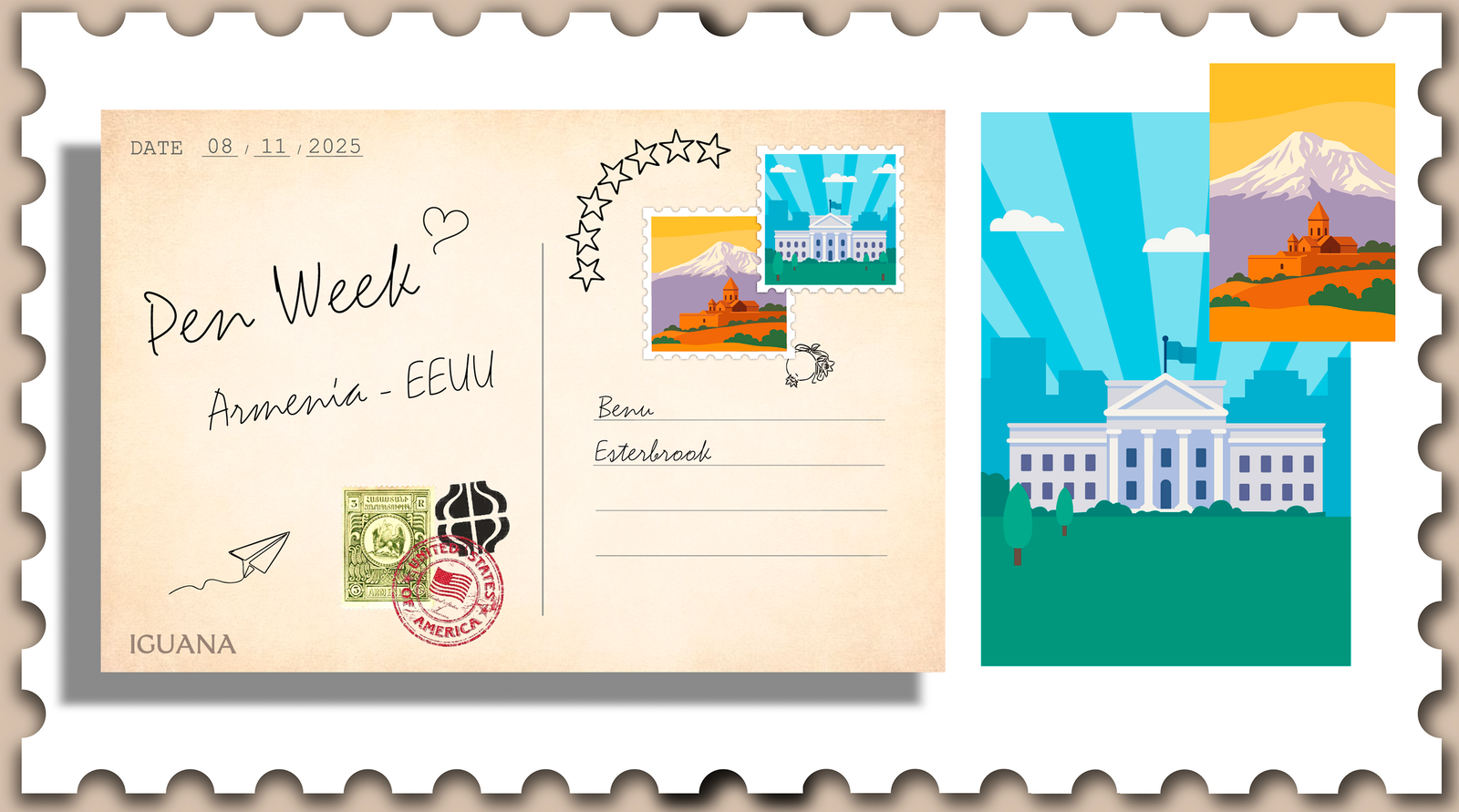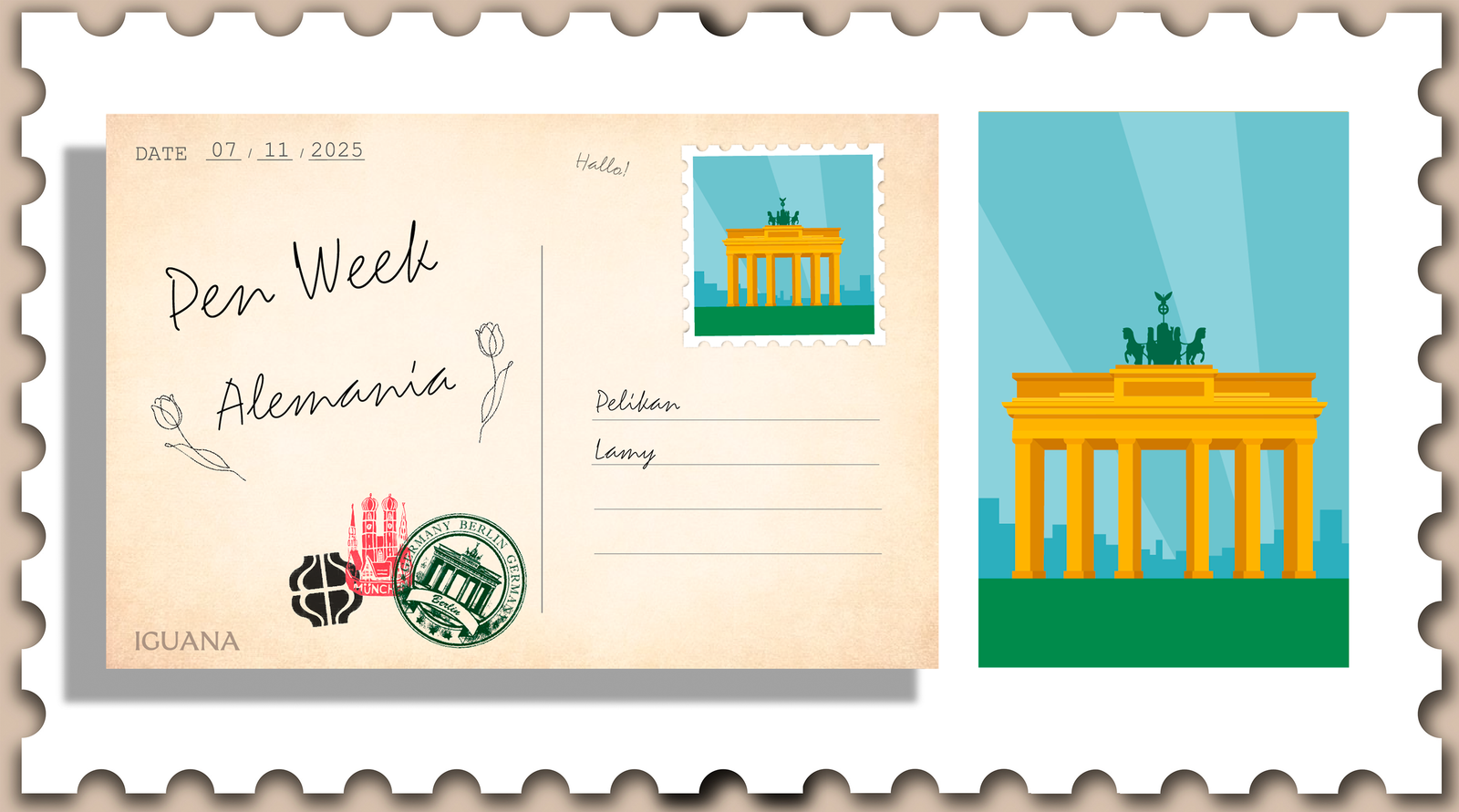Pens
Accessories
LIGHTERS
Special nibs
May 28, 2020 4 min read 1 Comment

A different nib for every kind of writing
There are not two people in the world with the exact same handwriting. The way we write is something so unique and personal that there is even a science, the graphology, which analyses the physical characteristics of handwriting and links the author to a certain type of personality or psychological traits. The most celebrated brands of writing instruments are well aware of this phenomenon, and so we can find a wide variety of nibs which adapt to the needs and preferences of each one of their clients.
The way a nib writes can be determined by many factors. The most important ones are its size, its shape, the materials of which it’s made, and its flexibility. The most standard sizes for a nib are extrafine (EF), fine (F), medium (M) or broad (B). When choosing the ideal nib for your fountain pen, please notice that Japanese fountain pens have a slightly finer line than western ones. This is because Japanese handwriting is way more complex, and so it requires of a more precise nib. In that sense, a M Japanese nib would be roughly equivalent to a western F one. Get to know more about the different sizes available for a nib here.

Another key point when choosing a nib is the material of which it’s made. Nibs can be manufactured in stainless steel, solid gold, bicolor gold, rhodium plated gold or ruthenium. Gold nibs are usually more flexible than steel ones, while rhodium and ruthenium are materials used to strengthen the nib. The flexibility of a nib is determined by how the tines move when pressure is applied, increasing or decreasing line-with variation. Finally, the most common shape for a nib tip is rounded, although it is possible to find other options, such as the straight tip shape of an Italic nib.
That being said, many of the most popular brands of writing items have pushed the boundaries and created unique shapes for their nibs. Find here what are the most uncommon nibs available in the market.
The Goccia nib
The Goccia (drop in Italian) nib has an additional ball of iridium at the tip. The result is a nib that provides for narrow downstrokes and broad cross-strokes, a modification that can add distinctiveness to many writing styles and is also particularly appropriate for Arabic and Hebrew calligraphy. Italian brand Aurora is responsible for the creation of these nibs which can be purchased paying an extra to the original price of the pen.

The Zoom nib
A Zoom nib can look like a Goccia. It also has a small ball at its tip, which provides a thick broad stroke when held at a normal angle (almost of 1mm), and a finer one at a higher angle. Japanese brand Sailor is well known for manufacturing Zoom nibs, in addition to their celebrated Special Nibs (find out more about Sailor here).

Sailor Professional Gear Slim Gold
The Music nib
Music nibs are especially useful for writing musical notation, since the nib’s normal stroke creates the wide part of the notes and turned vertically, the stems. Some Japanese brands do manufacture them, being Sailor (with the original two-tine design) and Platinum (which sometimes offers a three-tine Music nib) the most popular ones.

The Flex / Soft nib
Soft or flexible nibs are used to achieve line-width variation by varying the pressure while writing. These nibs are also position-sensitive and provide a less smooth writing experience than standard hard nibs. The tines on a flexible nib move independently and are more exposed, tending to catch on the paper. This scratchiness will surprise many, but is actually a desired feature for artists, calligraphers and writers looking to add a touch of distinctiveness to their writing worldwide.
One very particular kind of soft nib pen is the Pilot Justus 95, whose nib adjusts from hard to soft simply by turning the tension adjuster at the top of the gripping section.


The Stub nib
Stub nibs, just like Italic ones, have a flat tip instead of a rounded one. These two types of nibs may look similar to the naked eye, but the Stub nib provides much less line-with variation than an Italic one, since its tine tipes are slightly more rounded.

You can find even more special types of nibs at Iguana Sell, such as the ones of the Namiki Emperor fountain pens or the oblique nib (OB, OM), similar to the Stub but whose tip is cut diagonally instead of in a straight line. Oblique nibs can be found cut to the right (particularly appropriate for left-handed writers) or to the left (for right-handed ones).
If you require more information or if you would like to place an order, please do not hesitate to contact us or visit our store in Madrid, at Nuñez de Balboa 90.
We will be pleased to help you.
1 Response
Leave a comment
Comments will be approved before showing up.
Also in News

The art of writing: a journey that never ends – Day 7 of Iguana Pen Week
November 04, 2025 2 min read
Read More
United States & Armenia: Innovation and Art in Motion – Day 6 of Iguana Pen Week
November 04, 2025 4 min read
Read More
Germany: precision and functional design in every pen – Day 5 Iguana Pen Week
November 04, 2025 3 min read
Read More
Iguana | Blog
Recent Articles
- The art of writing: a journey that never ends – Day 7 of Iguana Pen Week
- United States & Armenia: Innovation and Art in Motion – Day 6 of Iguana Pen Week
- Germany: precision and functional design in every pen – Day 5 Iguana Pen Week
- France & Switzerland: Elegance and Precision in the Art of Writing – Day 4 Iguana Pen Week 2025
- Japan: Writing as an Art – Day 3 Iguana Pen Week
- Italy: Passion and Style in Every Stroke – Day 2 Iguana Pen Week 2025
- The journey of writing begins here – Day 1 Iguana Pen Week 2025
- Esterbrook x Peanuts, a lifelong friendship
- Timex x Peanuts: the watches that stole the world’s heart
- How to keep your Pilot Capless looking like new
Subscribe
Sign up to get the latest on sales, new releases and more …
50,000+ Satisfied Customers Our expert advisors are available Monday to Saturday, online and by phone.
60+ Official Brands Official warranty, original packaging, and stamped warranty card included.
15+ Years of Experience Specialists in writing instruments, watches, and premium accessories.
100% Secure Payment Interest-free finance available and all transactions are fully encrypted.

Philip Brown
June 03, 2020
if a formal italic pen could be found i would like that